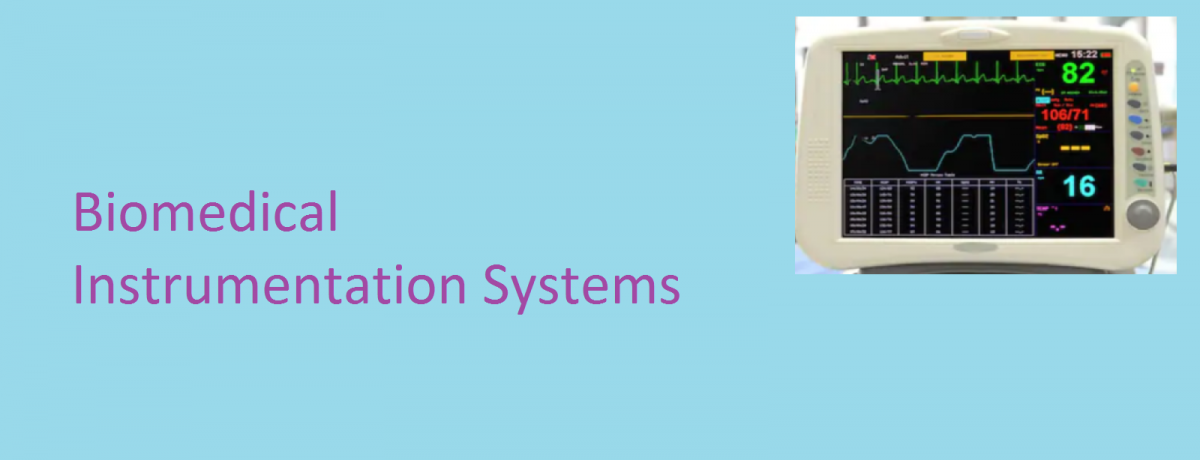The arterial tonometer is an instrument used to measure arterial blood pressure. It differs from sphygmomanometer in that, rather than measuring the pressure at greatest contraction and greatest heart dilation (systolic and diastolic) it provides continuous measurement throughout the heart’s … Read More
Tag: Biomedical Instruments
Optical Tomographic Imaging
The optical properties of normal and diseased tissues are usually different despite the large variation of values in optical properties of the normal tissues alone. A case in point is the cancerous tissues that manifest significant architectural changes at the … Read More
The Operation of Fiber-optic Based Blood Gas Sensors
To perform in vivo measurements and to steadfastly analyze blood gases, a small, stable, accurate and bio-compatible sensor is needed that can be inserted in the blood flow of an artery through an arterial cannula and remain in place for … Read More
The Principle of Temporal Artery Thermometer
Key Features of EMG Amplifiers
The amplifiers used for clinical EMG recording must meet same strict specifications for low-leakage currents as do ECG, EEG, and any other amplifiers used to measure human body potentials.

EMG amplifier gains are typically x1000 and their bandwidths reflect … Read More
Cardioverter Operation & Biomedical Application
Biomedical Sensor Specifications
The need for accurate medical diagnostic procedures places stringent requirements on the design and use of biomedical sensors. Depending on the intended application, the performance specifications of a biomedical sensor may be evaluated in vitro and in vivo to ensure … Read More
Atomic Force Microscopy (AFM)
This technique allows the mapping of surfaces on a molecular or atomic scale. It can also be adapted to measure interatomic forces.
The principle of operation of AFM is discussed as follows:
A silicon or silicon nitride probe with a … Read More
What is a Biosensor?
This is a biological sensor that has the following features:
- A biological recognition component (selectivity).
- A supporting structure in intimate contact with a biological component.
Biosensors are typically miniature and include monitoring of blood gas and biochemical concentrations additionally, physical … Read More
The Process of Setting up a PET scan
The ability of a PET scanner to target specific functions or objects e.g. tumour makes it a very effective tool in non-invasive medical imaging and diagnostics. The process involves using radionuclides, so PET scanners aren’t available at every medical facility.… Read More


